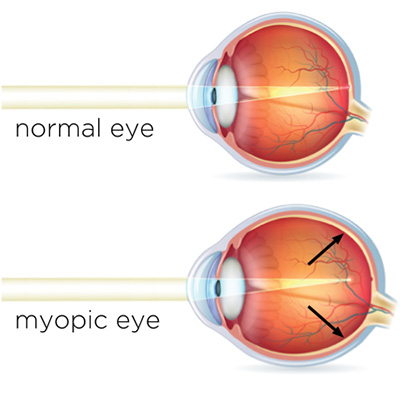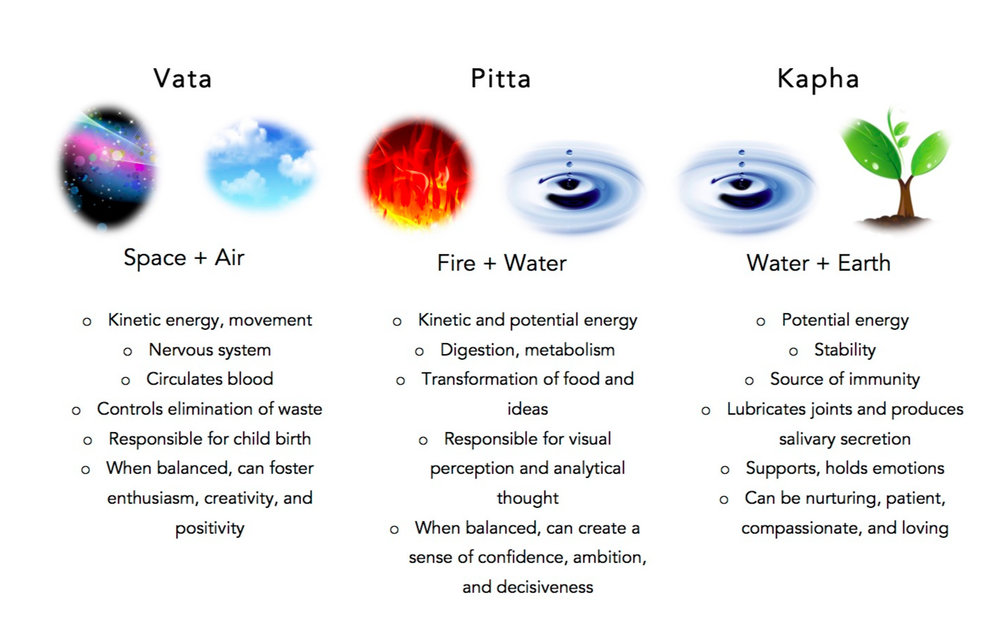108 Glen Osmond Road, Parkside

What is Myopia (Nearsightedness):-
Myopia (Nearsightedness) is a common vision condition in which you can see objects near you clearly, but objects farther away are blurry. It occurs when the shape of your eye causes light rays to bend (refract) incorrectly, focusing images in front of your retina instead of on your retina.

For you to see clearly, light rays must travel through your cornea and lens. The cornea and lens refract the light so it lands on the retina. The retina turns light into signals that travel to your brain and become images. With refractive errors, the shape of your cornea or lens prevents light from bending properly. When light is not focused on the retina as it should be, your vision is blurry.
Symptoms of Myopia:-
The common symptoms of myopia include:

It’s important to note that myopia typically first occurs in young children, who may struggle to articulate or identify their symptoms. If you suspect that your child may have myopia, look out for these indicators:
* Excessive blinking and squintingIf you or your child presents any of these symptoms, it may be time to schedule an eye examination with an optometrist.
Types of Myopia:-
* Simple Myopia: It is a type of myopia with a very minute diopter. This is the most common form of myopia.
* Degenerative Myopia: The other names of this type of myopia are progressive, malignant, or pathological myopia. This type of myopia gets worse over time. It is the main cause of visual impairment.
* Pseudomyopia: This occurs due to the spasms of the accommodation system of the eye.
* Nocturnal Myopia: The accommodation system fails in its potential, and therefore, the objects go out of focus.
* Near Work-Induced Transient Myopia: It is a short-term myopic condition.
* Instrument Myopia: The accommodation of the eye is overdone while looking into an instrument. The instrument could be a microscope.
* Induced Myopia: It is also known as acquired myopia. It is due to the manifestation of a wide range of medications when the medications result in higher glucose levels, oxygen toxicity, and nuclear sclerosis.
* Temporary Myopia: It occurs due to the elevation of glucose levels. When the glucose level increases in the blood, it can result in swelling.
* Index Myopia: When the refractive index varies, it can lead to index myopia. Cataracts might also be the reason for index myopia.
Depending on the age, it is named:
* Adult-onset myopia.
* School myopia.
* Youth-onset myopia.
* Congenital myopia
Causes of Myopia:-
There are two explanations behind myopia. Either the cornea is too curved or the eyeball is too long.
These abnormalities cause the light to stop in front of the retina, instead of stopping on it as it does in healthy individuals. Because the light is unable to focus properly on the retina as it is supposed to, the patient experiences blurry vision.
Genetics plays a role in the development of nearsightedness as well – when one (or both) parents are myopic, there is a greater chance that their child will also be myopic.
Environmental factors- Kids who play outdoors tend to have better vision at a greater wavelength. These kids have low rates of myopia. People who are exercising more are less likely to be affected by myopia because their eyes have a wider field of vision. When an individual is exposed to sunlight or bright outdoor light for a long period, there is a chance for them to have more secretion of dopamine in the retina. This increased level of dopamine can enhance the visibility of the eyes. This is the reason why environmental factors play a vital role in myopic eyes.
Ayurvedic Treatment Options for Myopia:-

Ayurveda is an old medical system, and natural herbal medicines are the basis for this treatment. There is a branch within Ayurveda, the Shalakya Tantra, which deals with eye diseases.
We all have three main doshas or energy forces that determine our actions, body structure, and general health. Vata dosha controls the movement and circulation in our body. Pitta controls our digestive process and metabolism. Kapha is responsible for the lubrication and structure of the body.

Balanced doshas keep us healthy, and imbalanced doshas can cause different diseases. All these doshas also have sub-doshas, which control the function of the various parts of our body.
Pitta subtype 'Alochaka Pitta' deals with the function of the eyes and vision. Kapha dosha subtype, the 'Tarpaka Kapha', controls the lubrication of your nose, eye, and mouth. The Vata subtype ‘Prana Vata’ manages the brain, head, lungs, and heart.
According to Ayurveda, vitiation of Vata and Pitta doshas is responsible for the pathology behind Myopia, which is known as ‘Nikat Drishti Dosh' or ‘Timira Roga’ in Ayurvedic Medical science. Alochaka pitta, which resides in the eyes, is responsible for vision. Vitiation of this pitta causes vision problems. Excess use of the eyes increases vata, which then weakens the structures in the eyes. Because of causes like lack of proper diet, excessive exposure to sharp lights, excessive exposure to heat, and continuous gazing at small objects, alochaka pitta and dhatus (tissues) in the eyes get rearranged and do not receive proper nourishment and therefore fail to perform their functions properly. Improper food, hampered digestion, etc., may produce toxins that can block the channels and cause malnourishment of optic tissues. In most cases, reducing the aggravated pitta clears the condition. If the disease is deep-seated, then the nourishment of the tissue is also needed.
Ayurvedic herbal remedies help to improve eye health and may help to control myopia and other vision issues:-


Disclaimer : Sandeep Kumar and Anupam Vasudeva are not GP, they have Ayurveda medical degree from India where it is considered equal to any other medical degree. This qualification is recognized in Australia by vetassess governing body as Complementary Health Therapists. Life Line Ayurvedic Herbal Clinic does not claim to cure a disease or terminal illness and does not create any unreasonable expectation of beneficial treatment. Ayurvedic medicines and treatments are generally considered to be safe but rarely may be associated with possible adverse reactions in individual cases. We recommend seeking urgent medical attention in the case of an adverse reaction. This website provides you with information. You must contact your Ayurvedic or another health professional before you apply them. Read More